2020 has been an extremely difficult year for Iran. The Islamic Republic only recently lost a top ranking name of the military wing, the second most powerful name of the country, in a terrorist act organized by the US early in the year… Now the country is now shocked by the news of the assassination Muhsin Fahrizade Mahabadi, who is as important as the name of Soleimani, although his name is not as well known.
The Ministry of Defence and Armed Forces Logistics reported that Muhsin Fahrizade, a scientist, one of the key figures in Iran’s nuclear program, died as a result of a terrorist attack in the district of Abserd in Tehran province. Fahrızade was not only a scientist, but also the deputy minister of defense in Iran.
News agencies stated that Fahrizade, who was also the Head of the Ministry of Defense Research and Innovation Agency, was hospitalized with serious injuries as a result of the attack but could not be saved despite all the interventions as a last minute development. At the end of the day, it was understood that a name as important as General Soleimani for Iran lost his life.
WHY DID THEY TARGET FAHRİZADE?
Muhsin Fahrizade Mahabadi, whose name had not come to the fore until the last few years, was a scientist who was not recognized by the international public until Benjamin Netanyahu’s presentation on Iran’s nuclear program. It was stated that the documents and information Netanyahu used in his presentation were the ones that MOSSAD managed to obtain after an operation in Tehran.
In the presentation made by the Israeli prime minister, besides the name Muhsin Fahrizade Mahabadi, there was also a photograph taken about thirty years ago. Fahrizade was not a name that appeared in front of cameras much, and was one which Iran kept in the shadows, and thus little is known about him. The Iranian official, which was included in the sanctions list by the United Nations Security Council (UNSC) with resolution 1747, was shown by the Israeli Prime Minister as the party responsible for the country’s Nuclear Program.
The name of Fahrizade, who served in the Revolutionary Guard Corps, was included in the list of 500 strongest people in the world published by Foreign Policy after Netanyahu’s presentation, together with President Erdoğan and Hakan Fidan, Head of Turkey’s National Intelligence Organization.
Israeli sources announced that MOSSAD attempted to assassinate Muhsin Fahrizade Mehabadi, responsible for atomic reactors in Tehran, in 2018, but failed. According to Iran’s Fars News Agency, Fahrizade’s name was taken by MOSSAD from the United Nations (UN) lists. Many Western media outlets compared him to Robert Oppenheimer, an American physicist who played an important role in the development of the atomic bomb in the United States in the 1940s.
ISRAEL’S TWO FEARS
It is possible to determine that Israel considers the threats from the Islamic Republic of Iran in two regards.
Of course, the primary source of the threat is The Quds Force. The Quds Force Army (QFA) openly supported, and even organized, groups that had action power in Syria, Iraq, Yemen, Palestine, and sometimes in Tel-Aviv. Destroying this force, which had often spoiled the US-Israel’s plans in the region, was the primary goal of the US and Israel. They reckoned that they would deal a great blow to the QFA with the assassination of General Soleimani in January, the terrorist act was carried out by the USA.
The second most powerful source of the threat was Iran’s nuclear program. Netenyahu had stated many times that Iran had a secret nuclear warhead missile program and that it must have been stopped. Having nuclear weapons, Israel does not want the Islamic Republic of Iran to have the same to defend itself: it perceives the equality of arms superiority with Iran as a threat. For Israel, regardless of the cost, the nuclear program must be stopped or interrupted. Ergo, this fact makes it very easy to predict the state behind the terrorist act targeting Fahrizade, who was the Qasem Soleimani of the Iran nuclear program.
The sources state that Iran is determined to conduct a counter-attack focusing on three targets nearby and two targets abroad.
The world has concentrated on Iran’s response to the assassination.







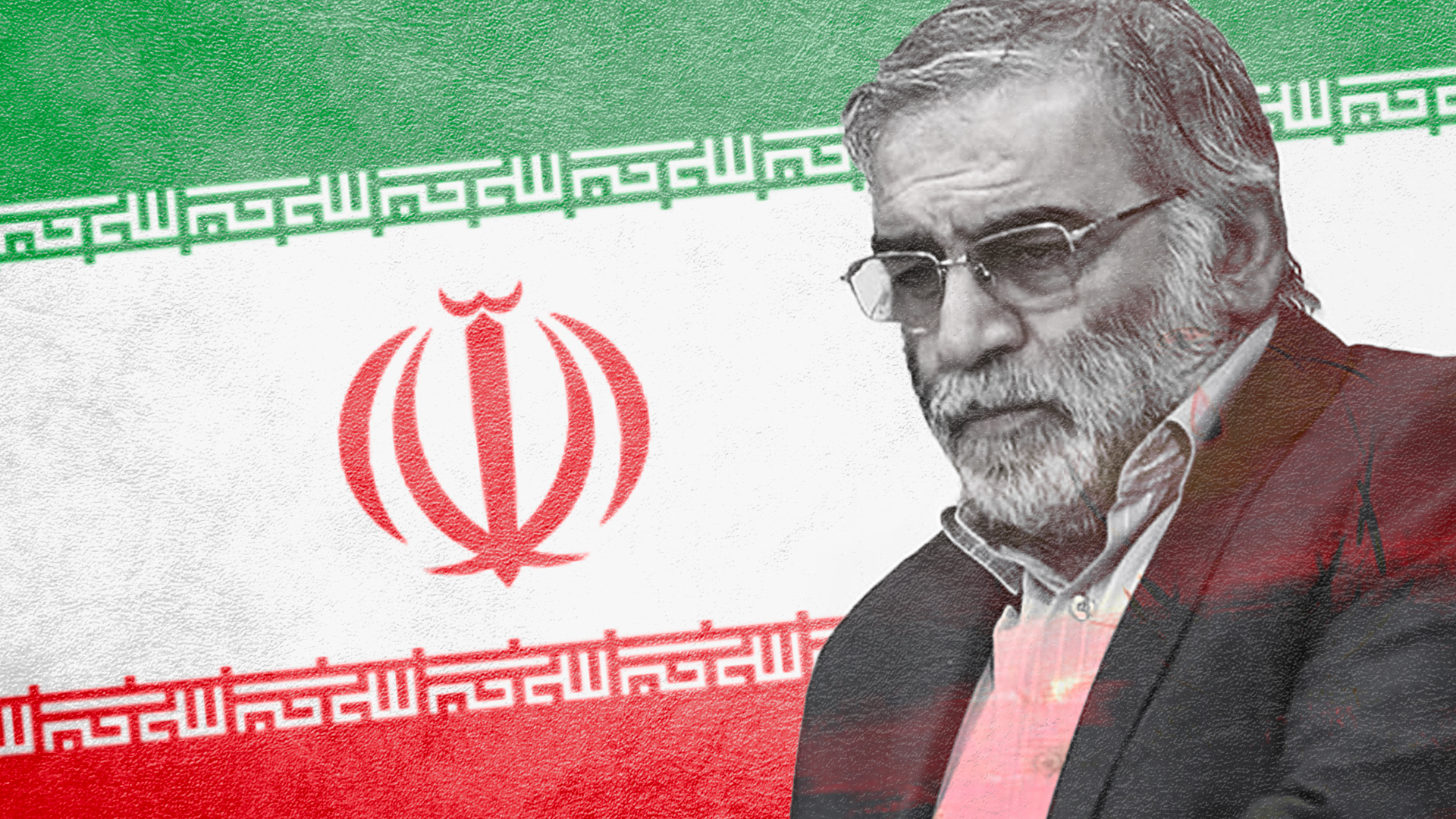
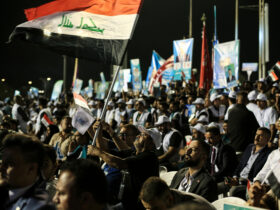

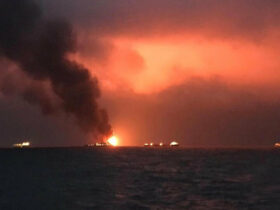
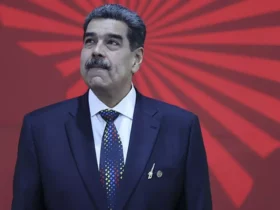
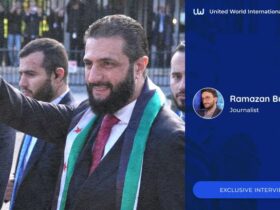

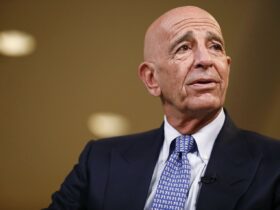


Leave a Reply